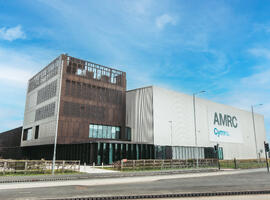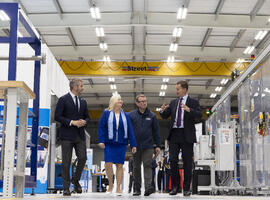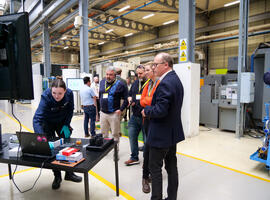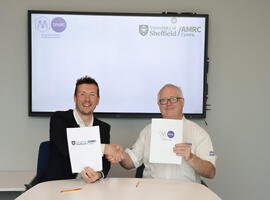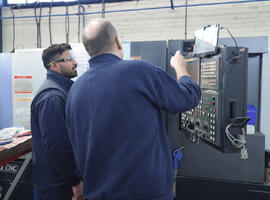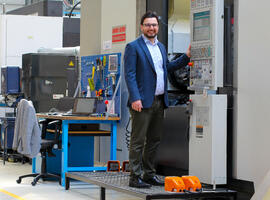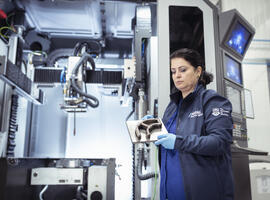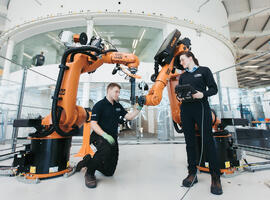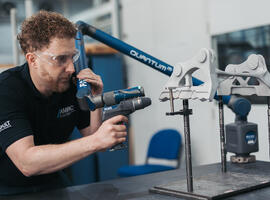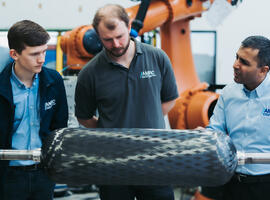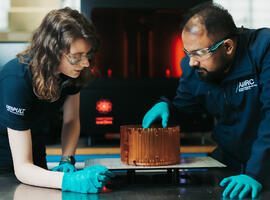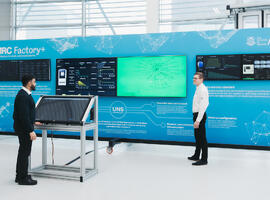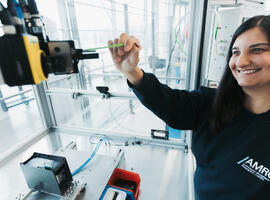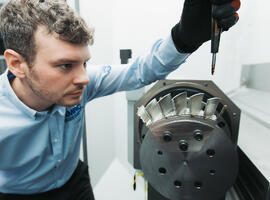Look at the daily headlines about yet more temperature records being broken and it couldn’t be clearer — there is no bigger crisis than this. Without addressing the climate emergency, we can’t do anything else.
Manufacturing has a huge role to play. Not just because our industry impacts so heavily on how we use materials in the world. But also because there are so many of us.
If everyone employed in manufacturing is enthused about tackling this great challenge, we’ll tell our friends and family about the exciting changes we’re making. In kitchens, pubs, boardrooms and seats of power, we can drive conversations that change the world.
On this, the AMRC stands ready to lead.
The context
Globally, we need to severely reduce the amount of carbon we release into the atmosphere — and fast.
In the UK between 1990 and 2020, we saved 150m tonnes of CO2 emissions, largely through offshore wind farms. By 2030, we have to reduce by the same amount again, and wind farms can only save another 33m.
So this time, we’re going to have to look to other parts of the economy, from transport to construction. Manufacturing is at the heart of these vital areas, covering about 75% of the carbon savings we need to make this decade.
A strategy for sustainability
We have developed a strategy to determine how best to use the AMRC’s considerable expertise, brainpower and ability to innovate to tackle the climate emergency.
Our three-pronged approach involves:
- a clear path to getting ourselves to net zero by 2038, while helping our industrial partners on their own journeys to decarbonisation
- using our sector-leading accounting tool to ensure that every one of our 600 annual projects with industrial partners makes a positive contribution towards net zero
- using digital simulation technologies to solve industry-wide problems — we want to devote our existing ability to save time and money in manufacturing to saving kilograms of CO2 and KW/hour.
Our key commitments
We need to reduce our carbon emissions by 8,000 tonnes. We'll publish our progress every year to provide transparency and accountability.
We're researching ways to minimise waste and reuse materials at the end of their lifespan. For example, composites that are no longer useful to aerospace companies can be reused in motorway bridges.
We use design simulation to make sure new manufacturing buildings are net zero, and we're pioneering ways to retrofit existing facilities with technology such as sensors and data visualisation to help them run more sustainably.
We're unlocking the potential for greater energy-saving by reacting to live wind energy data, only using one part of the production process at a time, and dispelling myths about turning off machines.
We're researching how to improve digital lifecycle analysis tools to make them less generic and more exact, giving companies the data they need to make the right changes.
The beauty of the AMRC is that we work across so many different sectors — so we can take technology and solutions that we develop in one area, and apply them to another.




